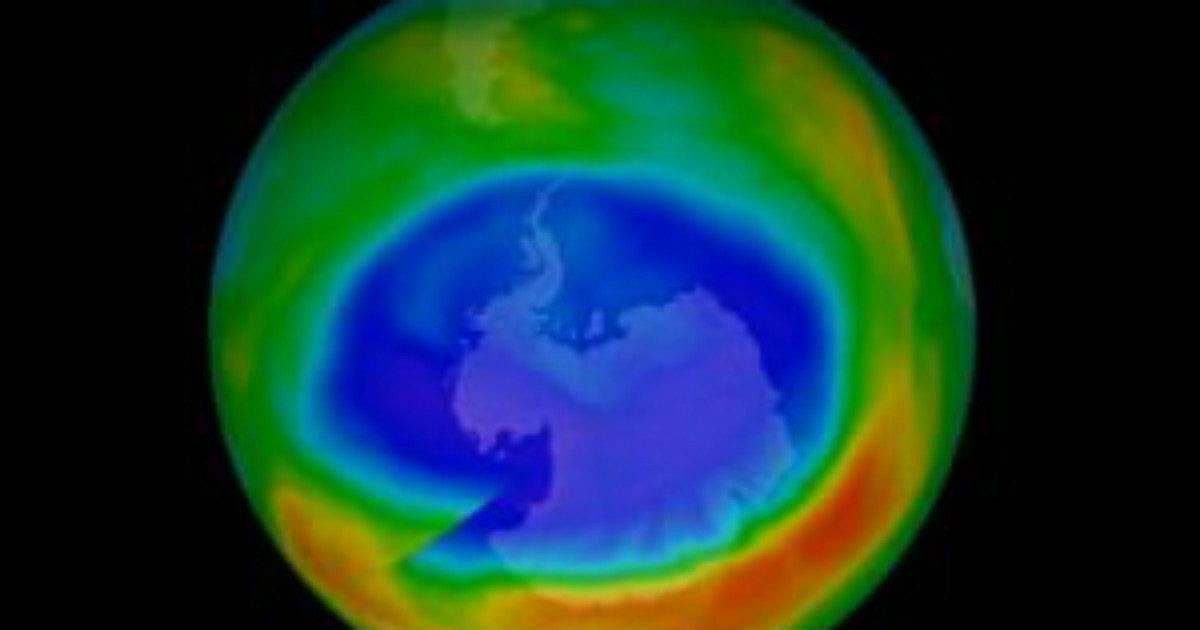
Despite the good news about the ozone layer and its hole, unfortunately all that glitters is not gold. on the contrary. A new study shows that global emissions of several ozone-depleting chemicals are on the rise. Research published today in Natural Earth Sciences And conducted by the University of Bristol in the United Kingdom and the National Oceanic and Atmospheric Administration (NOAA), raised the alarm about the increase in emissions of some types of Chlorofluorocarbons or chlorofluorocarbons, used – as strange as it may sound – to create ozone-friendly alternatives to CFCs themselves. The lead author of the study, Dr Luke WesternCFC Emissions from large-scale applications, thanks to the Montreal Protocol and its ban on use, have fallen to levels so low that CFC emissions Fluorescence from previously secondary sources is becoming more important from the point of view of environmental monitoring and research.”
This is exactly the case for CFCs used to produce ozone-friendly alternatives, which have not been banned since. Montreal Protocol. According to the researchers, these CFC emissions currently do not significantly threaten ozone recovery and hole closure. But its increase is still worrying in perspective and we must add that it is strong greenhouse gases, which in any case affects the climate. The international study, which appears in Nature Geoscience, was conducted by a team of scientists from the UK, US, Switzerland, Australia and Germany.
Chlorofluorocarbons are chemicals known to destroy the Earth’s protective ozone layer. Once it was widely used in the production of hundreds of products including sprays, deodorants, etc. As blowing agents for foams, packaging materials, solvents and refrigerants, the Montreal Protocol in 2010 banned their use for these applications. However, the international treaty did not ban the production of CFCs if they were used to produce certain other chemicals, including HFCs or HFCs, that were developed as second-generation alternatives to CFCs.
The study focused on five CFCs – CFC-13, CFC-112a, CFC-113a, CFC-114a and CFC-115 – which have atmospheric lives ranging from 52 to 640 years. In this study, the team used measurements from the Advanced Global Atmospheric Gases Experiment (AGAGE), in which the University of Bristol plays a key role, as well as other measurements from Forschungszentrum Jülich, Germany, by the University of East Anglia and NOAA. in the United States of America. These were combined with atmospheric model analysis to show that CFC emissions have increased since 2010. The researchers determined that for three of the CFCs studied – CFC-113a, CFC-114a and CFC-115 – they could be The increase in emissions is due in part to their use in the production of two HFCs that are used primarily in Refrigeration and air conditioning. The factors behind the increase in emissions of two other CFCs, CFC-13 and CFC-112a, are less certain. The co-researcher of the study, Dr. Johannes Loeb, from the Forschungszentrum Jülich Research Institute for Energy and Climate (IEK). According to the researchers, if emissions of these five CFCs continue to increase, their impact could negate some of the benefits gained under the Montreal Protocol. The study found that these emissions could be reduced or avoided by improving HFC production processes.
Gianmarco Bondrano Altavilla

“Reader. Travel maven. Student. Passionate tv junkie. Internet ninja. Twitter advocate. Web nerd. Bacon buff.”



